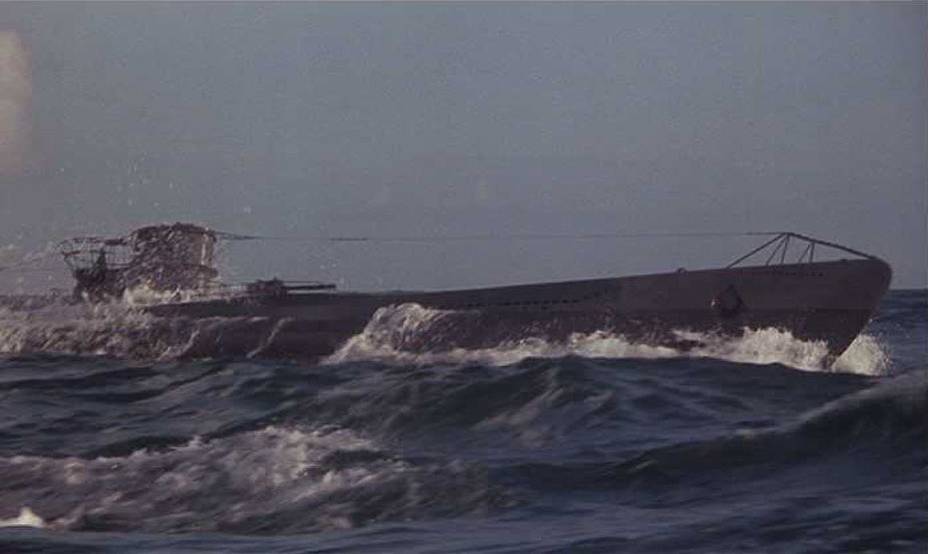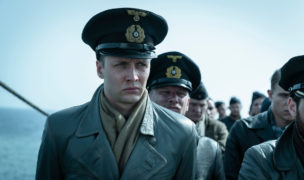


Individuals and groups ranging from Roman Catholics (who felt the picture mocked classical imagery of Mary cradling Christ after his crucifixion) to AIDS activists (furious at what they saw as corporate exploitation of death in order to sell T-shirts) voiced outrage.
#David dasboot 1990 tv#
“At the time, I was like, Besides, who’s going to see these pictures, anyway?“īy some estimates, as many as one billion people have seen the now-iconic Frare photograph that appeared in LIFE, as it was reproduced in hundreds of newspaper, magazine and TV stories all over the world focusing on the photo itself and (increasingly) on the controversies that surrounded it.įrare’s photograph of David’s family comforting him in the hour of his death earned accolades, including a World Press Photo Award, when published in LIFE, but it became positively notorious two years later when Benetton used a colorized version of the photo in a provocative ad campaign. Honestly, I think he was a lot more in tune with how important these photos might become.”įrare pauses, and laughs. But David was an activist, and he wanted to get the word out there about how devastating AIDS was to families and communities. “Early on,” Frare says of her time at Pater Noster House, “I asked David if he minded me taking pictures, and he said, ‘That’s fine, as long as it’s not for personal profit.’ To this day I don’t take any money for the picture.

Afterwards I knew, I absolutely knew, that something truly incredible had unfolded in that room, right in front of me.” I went in and stood quietly in the corner, barely moving, watching and photographing the scene. I stayed outside David’s room, minding my own business, when David’s mom came out and told me that the family wanted me to photograph people saying their final goodbyes. “Some of the staff came in to get Peta so he could be with David, and he took me with him. “On the day David died, I was visiting Peta,” Frare told LIFE. Born Patrick Church, Peta was “half-Native American and half-White,” Frare says, “a caregiver and a client at Pater Noster, a person who rode the line between genders and one of the most amazing people I’ve ever met.” Peta, for his part, was an extraordinary (and sometimes extraordinarily difficult) character. He got in touch with his parents and asked if he could come home he wanted, he said, to die with his family around him. A gay activist in the 1980s, he learned in the late Eighties while he was living in California and estranged from his family that he had contracted HIV. In March I started taking photos there and got to know the staff and one volunteer, in particular, named Peta who were caring for David and the other patients.”ĭavid Kirby was born and raised in a small town in Ohio. “Right away, I began volunteering at the Pater Noster House, an AIDS hospice in Columbus. “I started grad school at Ohio University in Athens in January 1990,” Frare told. Here, shares the deeply moving story behind that picture, along with Frare’s own memories of those harrowing, transformative years. The haunting image of Kirby on his death bed, taken by a journalism student named Therese Frare, quickly became the one photograph most powerfully identified with the HIV/AIDS epidemic that, by then, had seen millions of people infected (many of them unknowingly) around the globe. In November 1990 LIFE magazine published a photograph of a young man named David Kirby his body wasted by AIDS, his gaze locked on something beyond this world surrounded by anguished family members as he took his last breaths.


 0 kommentar(er)
0 kommentar(er)
